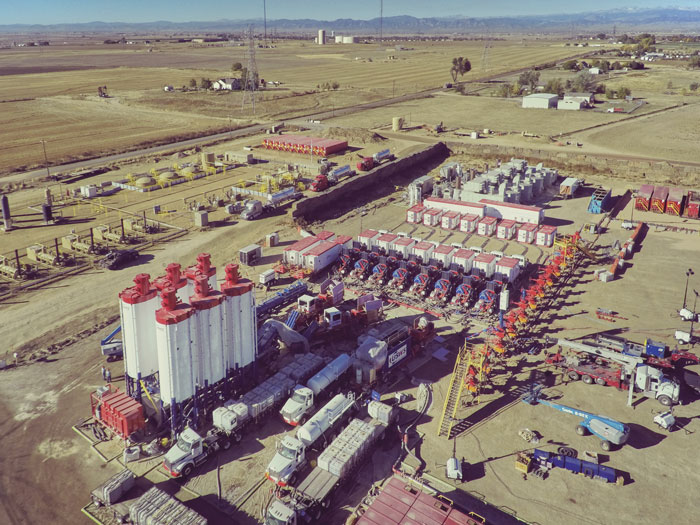As the oil and gas sector struggles to rebound from an unstable market, companies are doing what they can to adapt and adjust to a shifting landscape.
01/20/2016
Oil may not pass $60 a barrel in 2016.
"Some of the world's largest energy companies and investment banks are becoming more pessimistic about the ability of crude oil pricing to reach even $60 a barrel next year, reporting steep losses as they take hits on projects that no longer make financial sense. … Continued oversupply means that next year, Brent crude prices will average $58 a barrel and West Texas Intermediate, the U.S. oil benchmark, will average $54 a barrel, according to 13 investment banks polled by The Wall Street Journal. Many of the same banks were predicting $70 a barrel in 2016 just a few months ago." "Oil Will Struggle to Break Past $60 a Barrel in 2016," The Wall Street Journal, October 2015Major companies are cutting spending significantly.
"With oil having shed more than half of its value since June 2014, companies such as Royal Dutch Shell, ExxonMobil and Total have lowered spending by up to 20 percent, cutting thousands of jobs and reducing costs. Further reductions will be needed next year, which will hurt companies' long-term production growth, Moody's said in a report. … Moody's expects companies to sell $40-$60 billion of assets in 2015-2016 to improve cash flow after divesting $70 billion in 2013 and 2014." "UPDATE1-Moody's lowers outlook for oil & gas sector," Reuters, September 2015Innovation is increasing oil supply.
"Innovation in the oil industry, particularly the North American revolution in the hydraulic fracturing of tight oil reservoirs, has changed oil supply dramatically. With smaller, more flexible capital-light projects and shorter lead times, fracking has enabled greater adaptability to volatile market conditions. The outlook for shale oil and gas could be just as strong in many places in the world. Even if the shale boom proves tough to replicate (due to factors such as regional differences in geology, regulation and incentives to land owners), in many cases bringing new technologies to mature fields will help keep supply up and dampen the increase in oil prices." "This Oil Bust Will Change The Energy Industry Forever," Forbes, August 2015 Image courtesy of U.S. Well Services
Image courtesy of U.S. Well Services
 See more of our State of the Industry 2016 coverage.
See more of our State of the Industry 2016 coverage.